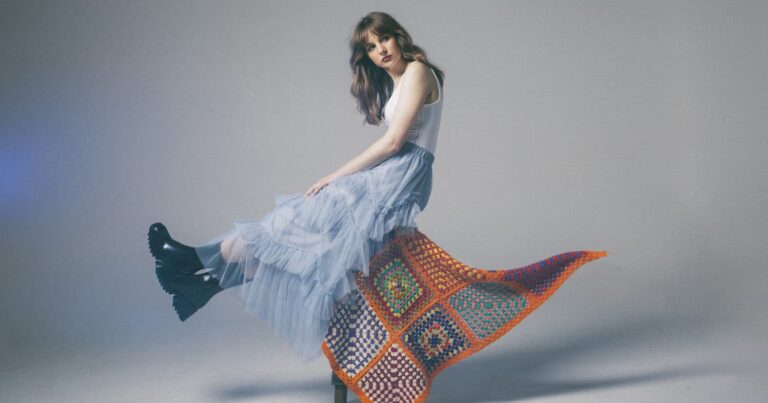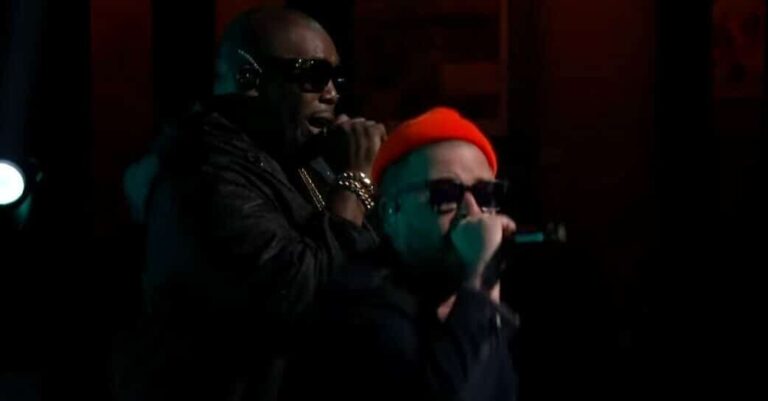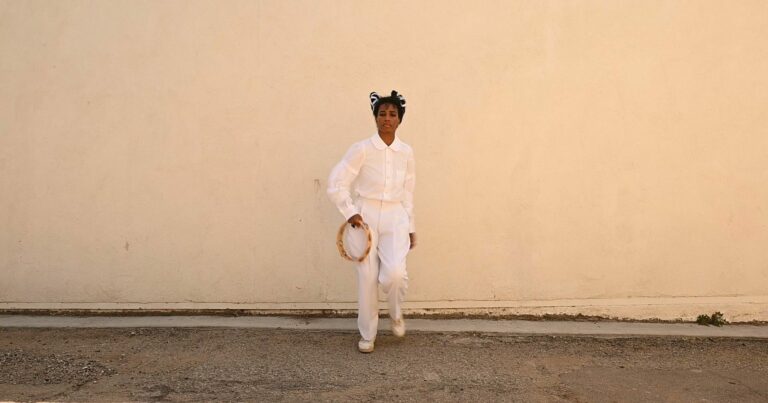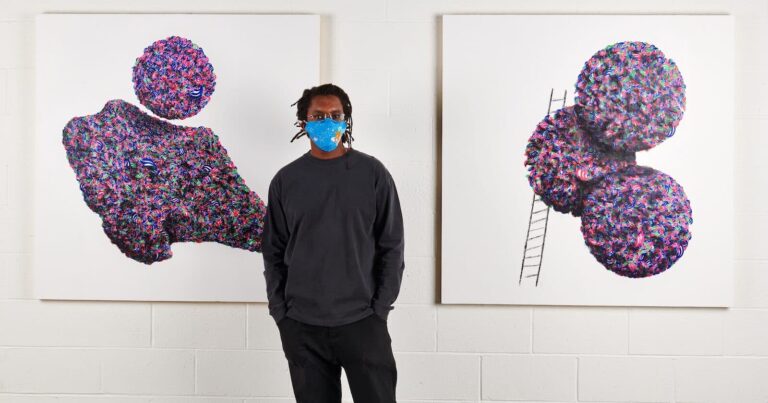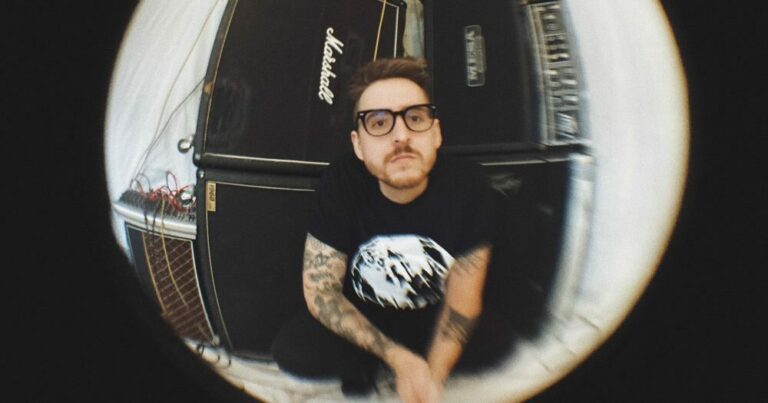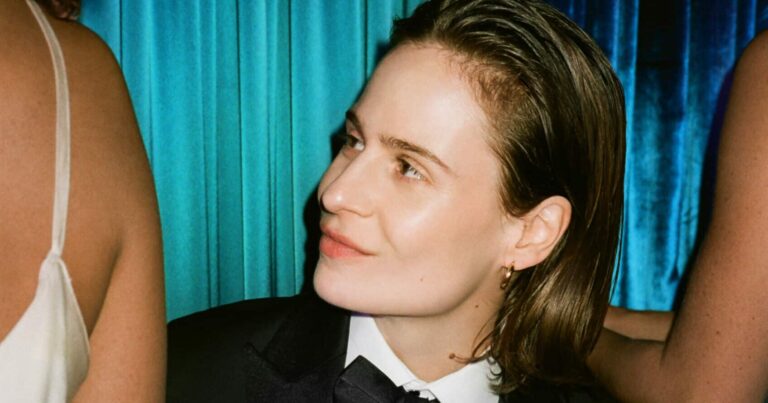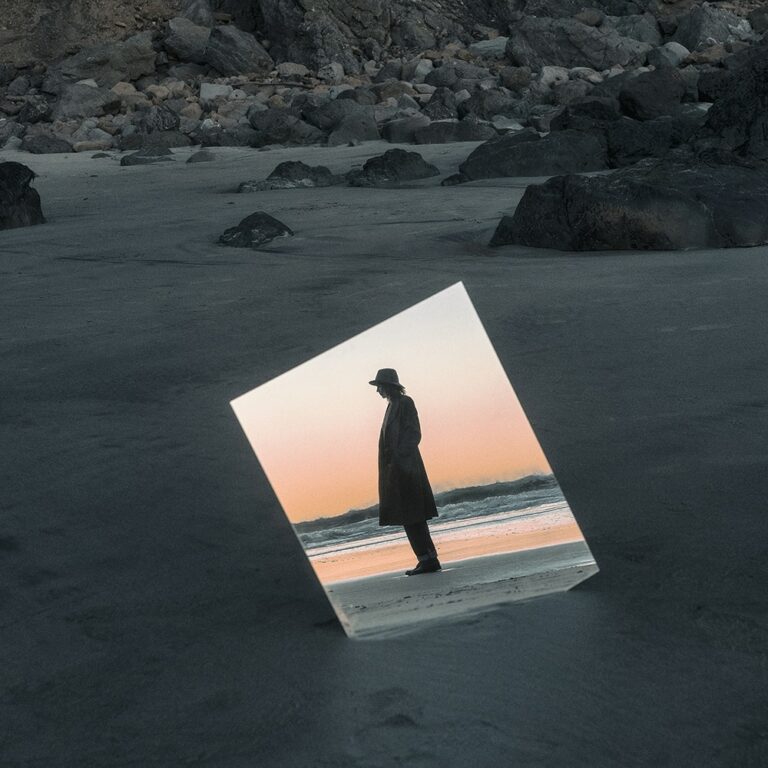Winter is coming!
But that doesn’t mean you can’t keep up with your daily workout.
Winter workout gear is all the rage to keep you mobile and moving amidst the cold.
Check out these great workout items like mens athletic tights and running gloves which you will definitely need so that the cold won’t bother you while you get jacked up.
1. Men’s Workout Leggings
Men’s athletic leggings or compression workout pants are a workout essential. Wearing Men’s athletic leggings, whether in the cold or not, can aid in blood circulation and can help prevent fatigue. In layman’s terms–you can run, walk, or exercise your legs longer with the help of the compression from a men’s compression pants.
Wearing men’s compression pants in the cold or during winter can help in keeping your legs warm so that you can run or work out longer. However, not all compression workout pants work the same. If you’re going to be exercising in lower than usual temperatures, men’s warm up pants or mens fleece leggings would be great warm leggings for men to wear as mens workout tights are thicker which suits better in a cold weather.
You can also opt to use performance leggings as warm leggings for men in the winter. It should be able to help you fight off the cold as well and other possible dangers like frostbite aside from helping you keep your blood circulation going.
Mens fleece leggings worn under warm up pants would be a great combo too to keep your lower body warm so you are able to move amidst the cold. Just make sure that when you are buying performance leggings for the winter season, see to it that they are actually designed for cold temperatures and are not too thin.
2. Fitted Long Sleeve Shirt
Just like with mens athletic tights, a fitted long sleeve shirt or compression shirt will help you fight off the cold and keep the circulation going for your upper body. Compression clothing will be your best friend when you are working out in the cold. They will help your body retain heat by trapping your body heat close to your skin.
A compression shirt will also help in wicking away sweat from your body so that you would not feel too cold or uncomfortable when you are working out.
When buying compression clothing like a compression shirt, make sure that they are not too tight as this can restrict your movement. They should be just snug enough that they will not fall off when you are moving around.
3. Wind-Resistant Jacket
If you plan to run a trail during the winter, make sure that you have a jacket that is wind-resistant. The winter winds are sharper and can give you harsh frostbite and, for some, it can freeze your joints and turn you immobile.
Make sure the jacket that you wear to run can repel wind so that you will not get too cold while you are out running. A good winter jacket should also be breathable so that you would not sweat too much and feel uncomfortable inside your own jacket.
4. Water-Resistant Sweatshirt
You might not think of it, but a water-resistant sweatshirt is a great piece to have when you’re working out in the winter. Water-resistant means that the fabric will not soak up sweat and water so you can stay dry even when you are sweating it out.
Whether you are working indoors or outdoors during the winter, having a water-resistant sweatshirt will help you not feel heavy as you sweat while exercising. Now, if you were to work out in a warmer temperature, you would opt for a dry-fit shirt. In this case, since you’re working out in the cold, you will need to wear something warm.
5. Vest or Thermal Hoodie
Outerwear will be your best friend if you plan to work out in the winter. A vest or a thermal hoodie is designed to keep your body warm while still allowing you to move freely. A lot of people tend to wear a heavy coat when they work out in the cold, but this can actually be counterproductive as it can weigh you down.
A vest or a thermal hoodie will still keep you just as warm but will not weigh you down as much. Thermal wear is made to keep you warm amidst the cold, while a vest can be an extra layer to keep your upper body warm and agile as you work out in colder temperatures. This will help you move more freely and, in turn, help you burn more calories.
One of the most common thermal hoodies or vests is the puffer jacket or vest. These have insulation inside them that form the iconic puffer design. However, they might not be the best to workout in because they are heavier than your usual thermal wear.
Instead, go for thermal wear that is light and made out of merino wool. These materials trap body heat and help you retain and regulate your body temperature.
6. Reusable Hand Warmers
Your hands are the fastest to get cold when working out in the winter. Likewise, you will need your hands to do a variety of exercises. Reusable hand warmers are a great thing to have in your gym bag. You can warm up your hands in between sets of lifting weights, doing push-ups, and doing other exercises that need your hands.
These are usually little bags that have beads or a gel-like substance inside them that retains heat. Make sure that you buy the reusable kind so that you can use them while working out or while you’re just out in the cold of the night.
7. Running Gloves
Running gloves are another great option to keep your hands and fingers warm while your work out or run during winter. Reusable hand warmers may be hard to find or can be a bit pricy. But just like with compression clothing, these gloves will help circulate blood and keep your hands and fingers warm.
8. Smart Watch
Exercising without measuring your goals, current weight, and progress is like driving without a GPS—it can be done, but it’s so much easier with technology. A smartwatch is an excellent piece of workout gear to have that can help you in measuring your calories lost, heart rate, and other health-related parameters.
Some of the more high-tech smartwatches have the capacity to alert officials like the police, firemen, and other safety-related personnel if you’re in trouble. This is a great feature to have, especially if you’re running out in the mountains during winter or in a remote location.
Happy Running!
As you gear up for the winter, don’t forget to bring a pair of men’s warm up pants or wear some men’s workout tights underneath your pants to keep your legs warm. Wearing some sort of outerwear is essential to working out in the winter, whether it be a vest, jacket, or men’s running gloves. And of course, while this is already a given, you’ll also want to make sure you have a good pair of men’s running shoes that will grip the ground and provide traction in snowy or icy conditions.
But as you start with your winter workout, remember that the most important thing is to have fun! Wintertime is a great time to get active and enjoy the outdoors. But it’s also important to be prepared so that you can stay safe and warm while working out in the cold weather.
